Aluminum 6061 e 5083 are both popular aluminum alloys used in various applications. Here are the key differences between the two:
| Faturaa fenua | 6061 Aluminum Plate | 5083 Aluminum Plate |
|---|---|---|
| Alloy Composition | Aluminum, Te mau nota, Te mau mana'o tauturu no te | Aluminum, Te mau nota, Te mau mana'o tauturu no te, Te mau nota |
| Puai | Moderate strength | Te puai rahi |
| Te horoa - noa - raa i te puai | Around 40,000 Te mau nota (276 MPa) | Around 30,000 Te mau nota (207 MPa) |
| Te puai no te ti'araa p | Around 45,000 Te mau nota (310 MPa) | Around 45,000 Te mau nota (310 MPa) |
| Te patoiraa i te mau manumanu ino | Te mau mana'o tauturu no te haapiiraa | Te mau mana'o tauturu no te haapiiraa |
| Application Areas | Te mau tuhaa o te mau tao'a e vai ra i roto, Te mau tuhaa taa ê, general machining, e te tahi atu â. | Marine applications, Te paturaa i te pahi, offshore structures, Te mau mana'o tauturu no te tuatapaparaa e te haapiiraa, e te tahi atu â. |
| Te vai - mâ - raa | Te hoê huru maitai i te pae no te mau mana'o | Te hoê huru maitai i te pae no te mau mana'o |
- Alloy Composition:
- Aluminum 6061: It is an alloy composed of aluminum, Te mau nota, e te silicon. E mea maitai to'na huru, Te mau nota, e te pato'iraa.
- Aluminum 5083: It is an alloy composed of aluminum, Te mau nota, and traces of manganese and chromium. It is known for its exceptional corrosion resistance and high strength.
- Puai:
- Aluminum 6061: It has good strength properties, with a yield strength of around 40,000 Te mau nota (276 MPa) and a tensile strength of approximately 45,000 Te mau nota (310 MPa). It is commonly used in structural applications.
- Aluminum 5083: It is a high-strength alloy, with a yield strength of around 30,000 Te mau nota (207 MPa) and a tensile strength of approximately 45,000 Te mau nota (310 MPa). It is especially valued for its strength in marine environments.
- Te patoiraa i te mau manumanu ino:
- Aluminum 6061: It has decent corrosion resistance, particularly when compared to other aluminum alloys. It forms a protective oxide layer on its surface, which helps resist corrosion.
- Aluminum 5083: It offers excellent corrosion resistance, particularly in saltwater and marine environments. It is highly resistant to corrosion caused by seawater and other aggressive chemicals.
- Application Areas:
- Aluminum 6061: It is commonly used in a wide range of applications, including structural components, Te mau tuhaa taa ê, bicycle frames, electrical fittings, and general machining applications.
- Aluminum 5083: It is primarily used in marine applications, mai te hamaniraa i te pahi, boat hulls, offshore structures, and other components exposed to saltwater and harsh environments. It is also utilized in pressure vessels, te mau materia no te utaraa, and architectural elements.
- Te vai - mâ - raa:
- Aluminum 6061: It has good weldability and can be easily welded using various techniques, including TIG (Tungsten Inert Gas) welding and MIG (Metal Inert Gas) welding.
- Aluminum 5083: It has good weldability, particularly when using the appropriate filler material. It is commonly welded using the MIG welding process.
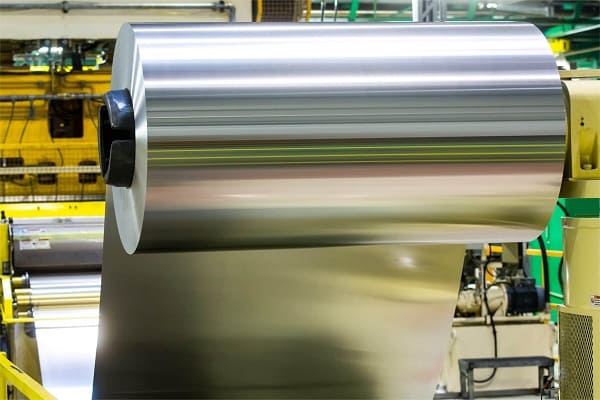

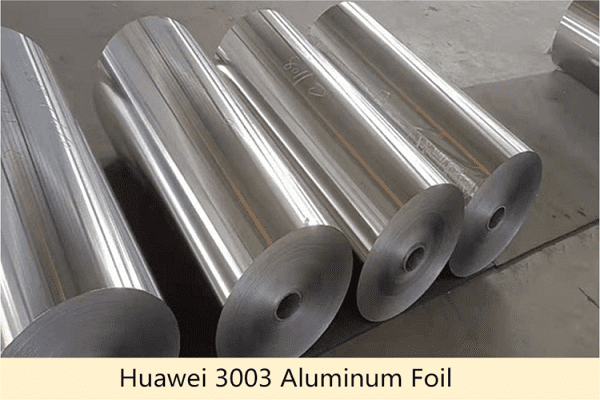
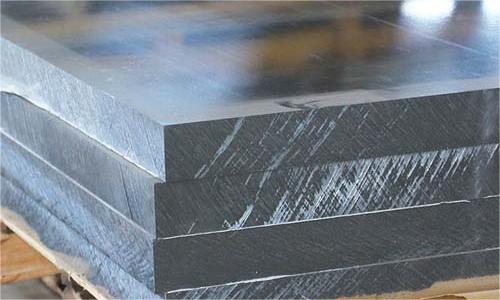
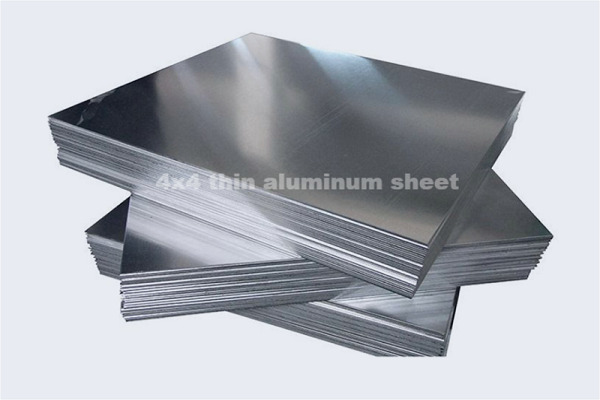
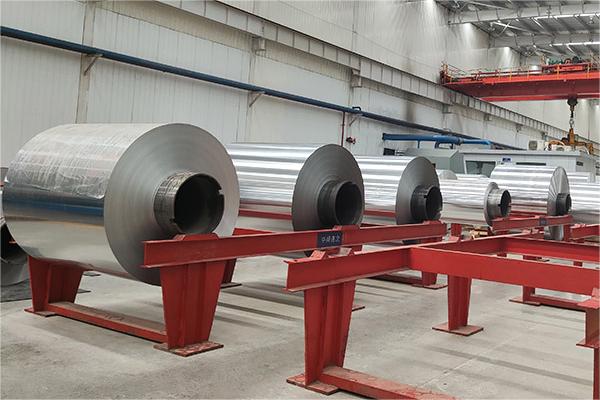



A vaiiho i te hoê pahonoraa